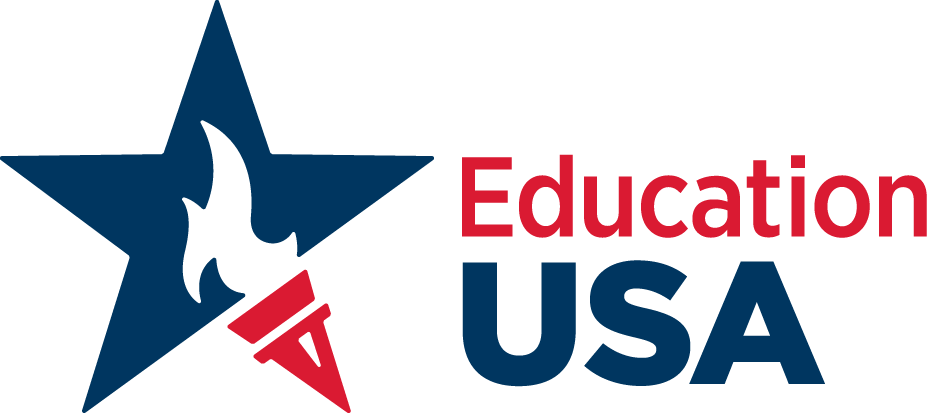The academic year (which varies for each institution) normally runs from late August or mid-September to late August or early/late May.
Optional summer courses are usually available outside the academic year. The academic year is either divided into two terms called “semesters” or into three terms called “quarters” In the latter case, the fourth quarter is an optional summer term which covers a whole quarter’s worth of material in six to eight weeks. It is, therefore, extremely intensive and very fast paced. A more than average knowledge of English is necessary to follow these courses. They are NOT designed to teach students English. Their objective is to enable students to catch up on lost material or advance in their program of study to reduce the time of study.
Mid-Year Admissions
Most state universities and some private institutions will accept applications for any of their academic terms. If the university operates a semester plan, mid-year admission falls either at the beginning or end of January. Universities operating a quarterly calendar will usually admit students at their Fall (September), Winter (January) or Spring (March) quarter. Nevertheless since universities usually provide special orientation programs and do a good deal to welcome foreign students at the beginning of the academic year, there are considerable advantages in applying for the Fall term. Highly competitive institutions do not accept mid-year admissions.
The Application Process
The application process takes several months. The following video covers tips about the application process (transcripts, letters of recommendation, and essays):
https://www.youtube.com/watch?v=rXMxU0jPRRM
Application Forms
Although U.S. educational institutions vary in their procedures and requirements for admission of students from other countries, formal applications usually include most of the following items:
- Institutional application form;
- Certified copies of educational documents;
- Certified translations of these documents if not originally in English;
- Evidence of English language proficiency;
- Scores for any required academic entrance examinations;
- Financial information, with applications for financial aid if requested;
- Letters of recommendation from teachers;
- Non-refundable application fee of $10-$75.
Instructions for each application will be different. Follow them carefully, paying particular attention to closing dates or deadlines for receipt of completed applications. Often the closing date for students from other countries is earlier than for U.S. students. Usually applications for scholarships or fellowships must be submitted earlier than applications for admission.
Try to begin work on applications well before the deadline and submit completed applications two or three months before the closing date. This will allow the institutions time to evaluate the application before the peak of the selection period. If you are applying to a competitive field or to a selective institution, submit your application as early as possible. Many U.S. admissions officers believe that early applications are apt to be considered more favorably than later ones.
The official application form will request information about you, the studies you have completed, and the plans you have for your future. Type or handprint all information requested on your application. Work carefully to insure that your application form is easily read. Do remember that Americans record the date in reverse order (month-day-year) and that many Americans find the way Europeans write numbers difficult to read.
Respond promptly to any requests for additional information from any and all colleges/universities to which you have applied. These requests may be for specific course descriptions; additional information about your financial situation; or for an additional writing sample in English.
Official Results
You must submit officially reported results (scores) for any required examinations. For example, most colleges and universities will require that you submit your score on the TOEFL to demonstrate English language proficiency. Some institutions may also require that undergraduates submit their scores on the SAT or the ACT.
Educational Documents
Each institution will specify the type of official records it requires to document past education. Usually they will want your entire scholastic record for secondary school and/or any university courses. U.S. admissions officers usually prefer that transcripts of previous educational work be sent directly from your former schools. The institution may also furnish special forms on which school authorities are asked to write your grades and your academic performance relative to other students in your institution. If such forms are not provided, you or the school will be expected to submit official documents that provide this kind of information. If the admissions officer requests explanation of the grading and class ranking system or descriptions of courses that you have taken, this information should be furnished by an official of the applicant’s school if possible.
As requested, send certified copies of grade sheets, diplomas, degrees or professional titles, or copies of full records of your performance in the comprehensive examinations administered in your home country. Do not send original documents unless there is no alternative; usually they cannot be returned. Copies should be certified with an official seal from the school or university or certified by this Commission. If English translations are necessary you may translate the document yourself. Such translations must also be certified at the Commission. To have copies or translations certified at the Commission, bring the original and one copy of your translation. After the translation has been reviewed, additional certified copies can be made at the Commission.
If you have taken courses in the United States, or at an institution in your home country, and you feel that these courses might apply toward the degree you are seeking, include certified transcripts for these courses. In most cases, admissions officers cannot give, in advance of admission, an estimate of credit that will be accepted. This is because, in most cases, awarding credit toward a degree at a particular institution involves making sure that each course is roughly equivalent to a course at that institution. An estimate of transfer credit usually will not be available until a student has been enrolled for several months. No credit will be awarded for courses which have been applied to a previous degree, nor will academic credit be awarded for courses designed to fulfill requirements for a technical/vocational program.
Statement of Educational Purpose
Most applications include a space for an essay detailing your purpose in seeking an education in your chosen field, your strengths in that field and your plans for the future. Be sure to take this task seriously. It is one of the most important parts of your application. Think through your essay before you present it and make sure you organize your answer clearly, neatly and in a well-written manner.
Biographical Essay
Perhaps the best guide to keep in mind as you fill out the forms is the purpose of these questions — what admissions officers want: to get to know you, as well as possible, as an individual with distinctive strengths, interests, and goals. Approach the application as if it were written only for you, that the questions asked — about honors, awards, work, travel, hobbies, and so on — are there to help you provide the type of information an admissions officer would like to have. If any particular portion of the application is not relevant or applicable to your situation, note that on the form, along with some explanation. For example, many schools in other countries have fewer school-sponsored activities available than do their American counterparts. Some schools do not present academic honors. These situations should be explained. Bear in mind that admissions officers want to know what you excel at, what you are interested in, what types of activities occupy your time outside of school. Overall, they want to know what you are like and how you are different from other applicants.
Many students tend to be too modest when asked to present their interests and accomplishments. Most candidates, in completing the application, will be describing themselves for the first time in their lives. All applicants should realize that their ability to present articulately and persuasively their background, their present goals and interests, and the fact that a future connection between them and that particular institution might be mutually beneficial will have a significant bearing on their success as candidates for admission. There is no dispute on the question that each candidate is unique. What is an issue is that the most successful candidates tend to be the ones who do the best job of presenting their backgrounds, their goals, and their sense of the match between themselves and the academic and social offerings of a given university.
Letters of Recommendation or Reference
If institutions request letters of recommendation, ask two or three people to write letters on your behalf. The college or university will specify the number of letters to be submitted. Those you ask to serve as references should be people who hold respected positions and who know you and your academic work well. Present or former teachers, professors or employers are possible choices. For recommendation letters to be effective, they should contain insights into your seriousness of purpose, academic promise, motivation, adaptability, personality and character. Recommendations which give an honest appraisal of your capabilities — weak points as well as strong points — are much more convincing to U.S. admissions officers (and therefore more valuable) than general letters of extreme praise. These letters should be in English, or accompanied by a translation. If a form is provided by the college or the university, it must be used. To guarantee candor and confidentiality, it is essential that evaluations be mailed directly to the admissions officer of the admitting institution, without having been read by the applicant.
Evidence of Financial Resources
Admissions officers cannot issue the certificates needed to request a visa for study in the United States until they are satisfied that you have enough money, from whatever sources, to cover all expenses during the period of your stay in the United States. Most institutions require that you submit statements or detailed information on the amounts and sources of funds available to pay your educational and living expenses while in the U.S.
Many undergraduate institutions request that applicants complete the College Board Scholarship Service “Foreign Student’s Certification of Finances” as part of the application. Other applications simply ask for a list of sources of funds and amounts. Usually this information must be confirmed or witnessed by a responsible individual, such as an officer of the bank where the applicant’s funds are on deposit. If a sponsor or parent is contributing financial support, they will be asked to attest to the availability of funds. In some cases, notarization may be required.
Applying for Financial Assistance
To apply for grants, fellowships or scholarships from institutions, be sure to request the appropriate kind of financial aid application in your first letter inquiry. On special forms provided in the application materials, give complete and accurate information about amounts and sources of funds available for study in the United States. Also give an estimate of the amount of aid needed to meet all expenses. Applicants for financial assistance may have to take additional tests, provide additional proof of eligibility for aid, obtain additional recommendations and meet an earlier deadline.
Finally, in making an application for financial assistance, do not understate the amount of funds needed in the expectation of later obtaining additional aid. Opportunities for financial aid (including employment) are severely limited once you have arrived in the United States.
Strategies for effective application to U.S. institutions
- Observing deadlines, apply to at least five institutions.
- Of the five, no more than two should be highly selective institutions.
- At least two should be institutions whose admissions standards fit closely with your background, test scores and academic achievements.
- The remaining institutions should include at least one that will certainly grant admission.
- If you have selected a highly competitive field such as undergraduate engineering or business, or if financial assistance is requested, apply to a larger number of institutions.
Follow instructions carefully. Your application will be judged on its completeness and its appearance.
Notification of Acceptance
From March through June, American universities will send out letters saying whether you have been accepted or rejected. Notify the university you have selected of your intention to come and decline other offers of admission. You will normally have to pay a deposit at this time, amounting to $100 – $200. You should also contact the Housing Office in order to try to reserve university housing before you leave. Housing is in short supply on many American campuses and if you can get university-owned housing before you leave your home country, you will save yourself a lot of time and trouble upon arrival.


